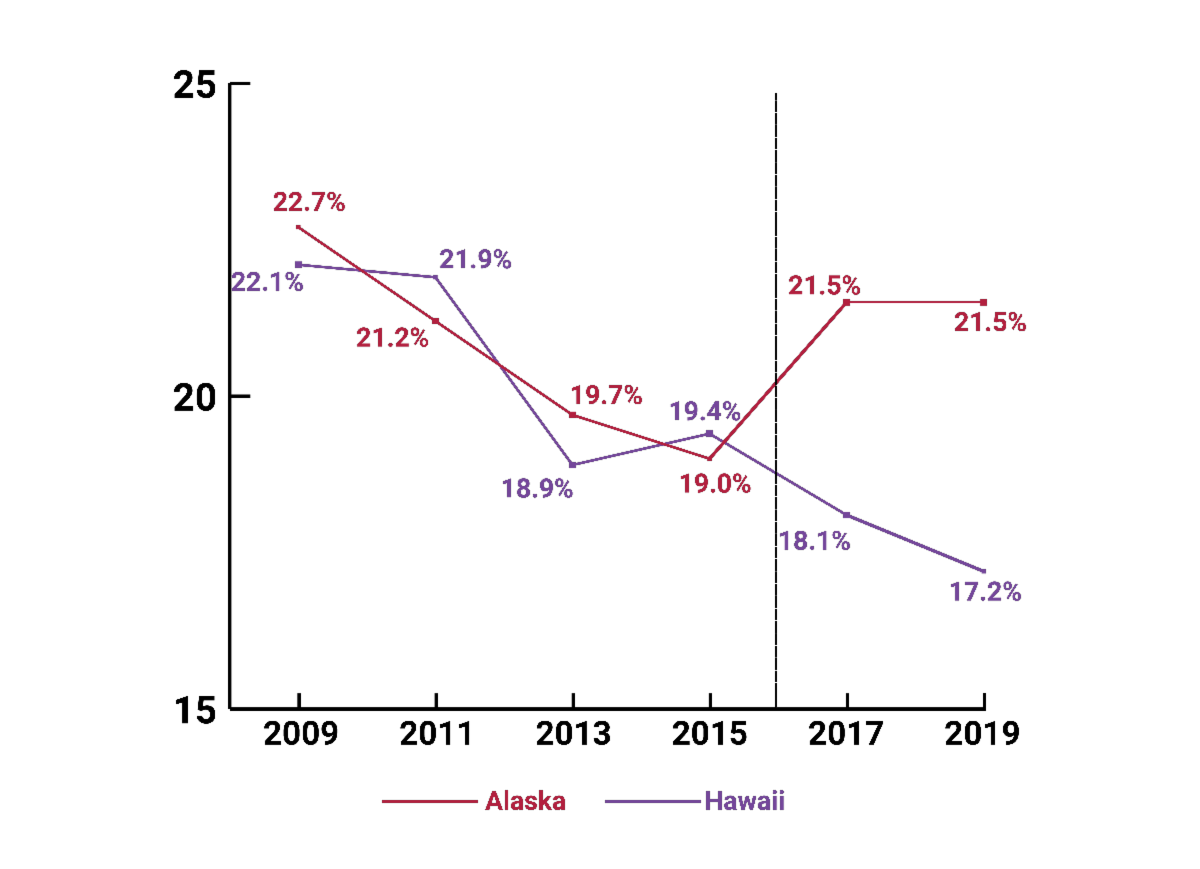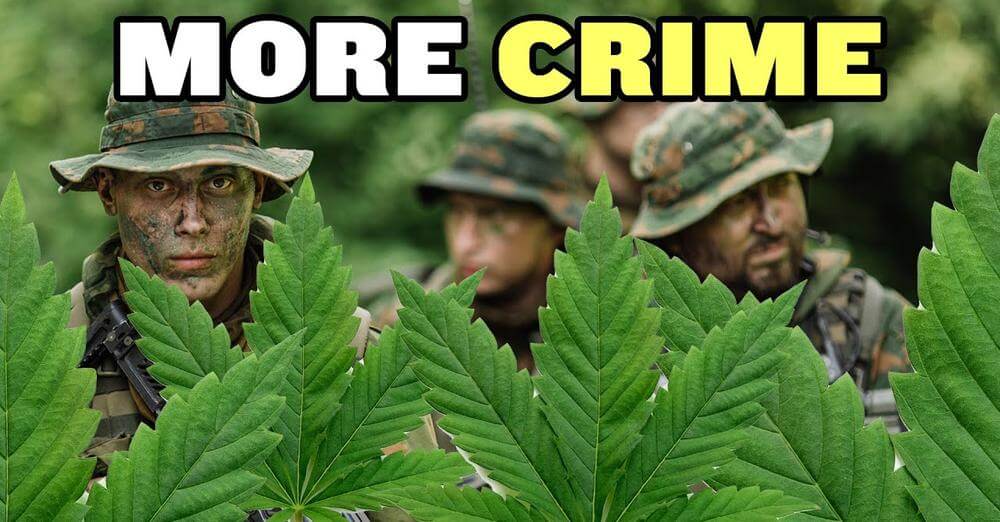
A study has just come out (Lee et al, 2021) looking at two US states, Alaska and Hawaii, and compared their rates of youth marijuana use between 2009 and 2019.
It found that current marijuana use in youth was in decline both in Alaska and Hawaii. But then Alaska legalised marijuana in 2015. What happened? Did youth use decrease as was suggested would happen by Chloe Swarbrick, the Drug Foundation and all other dreamers supporting the Yes campaign last year in New Zealand?

Alaska’s legalisation of the drug in 2015 suddenly caused an increase in use that has sustained while such use in Hawaii has continued to decline.
Dialing down even further, the 2020 release of the National Survey on Drug Use and Health — the gold standard of youth use data — found double-digit increases in past-year marijuana use amongst 12-17 year-olds in several legal states in California, Nevada, and Oregon since 2017.
These findings are even more staggering when they are juxtaposed with the fact that this same data set finds youth substance use of all other substances is continuing to decline.
Before we move on from the NSDUH data, one further point worth considering is the findings of Cerda et al (2019).
Looking at NSDUH data from 2008 to 2016, this study found that the prevalence of past-year Cannabis Use Disorder among those 12-17 saw a 25% greater increase in states where marijuana was “legalised” versus states where it remained illegal.
Remember this data the next time drug proponents in New Zealand try and misrepresent the true harms and social health costs of legalising a harmful drug.
(Hat-Tip: Kevin Sabet, Smart Approaches to Marijuana)














